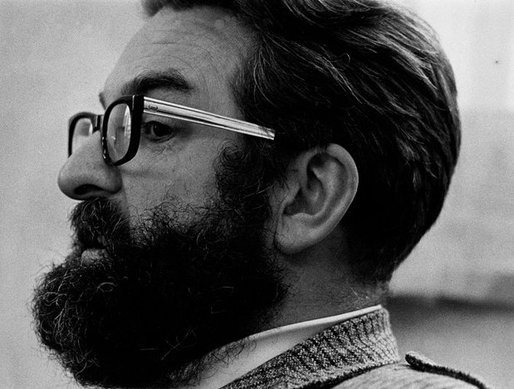 "it performs the functions of a great city, in terms of size, cosmopolitan style, creative energy, international influence, distinctive way of life, and corporate personality [proves that] all the most admired theorists of the present century, from the Futurists and Le Corbusier to Jane Jacobs and Sibyl Moholy-Nagy, have been wrong.”
"it performs the functions of a great city, in terms of size, cosmopolitan style, creative energy, international influence, distinctive way of life, and corporate personality [proves that] all the most admired theorists of the present century, from the Futurists and Le Corbusier to Jane Jacobs and Sibyl Moholy-Nagy, have been wrong.”"In the 1960s, British architectural critic Reyner Banham declared his love for the city that his fellow intellectuals hated. What Banham wrote about Los Angeles redefined how the world perceived it – but what would he think of LA today?" With a nod to Glen Small is a noteworthy paragraph from the book.
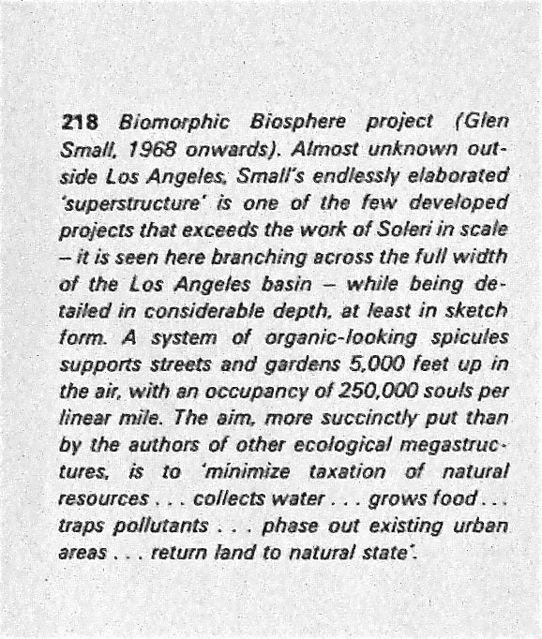
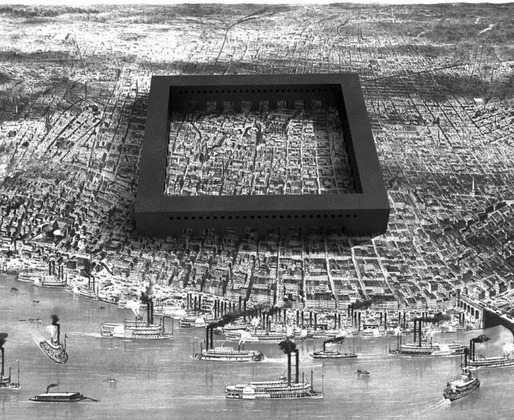 Radicalism in Architecture is not a simple choice and it’s not dominated by the lack of reason, an important idea now that Architecture has become, due to the new technologies and trending fashions, easily reproducible.
Radicalism in Architecture is not a simple choice and it’s not dominated by the lack of reason, an important idea now that Architecture has become, due to the new technologies and trending fashions, easily reproducible.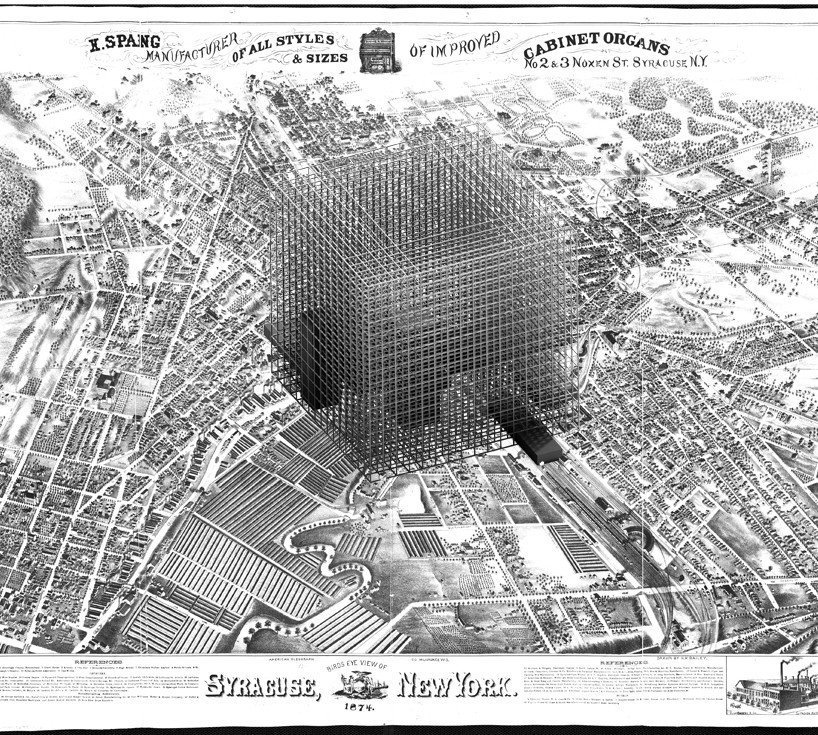
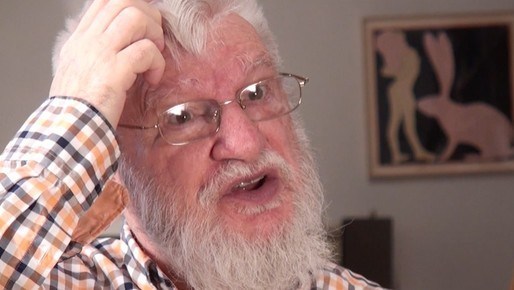 Dan Graham points his finger at conceptual art as it practiced today and taught in schools. Makes a lot of sense when it is overused and over-appropriated meaninglessly and endlessly. I don't think he would say that forty years ago. Though, he spares
Dan Graham points his finger at conceptual art as it practiced today and taught in schools. Makes a lot of sense when it is overused and over-appropriated meaninglessly and endlessly. I don't think he would say that forty years ago. Though, he spares 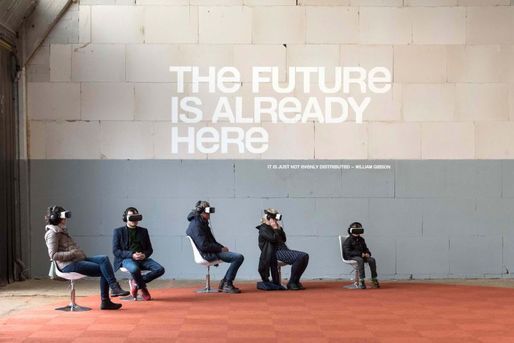 It all started January 2010 when I first
It all started January 2010 when I first 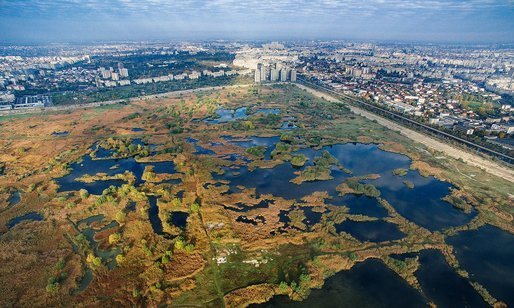 The diversity of landscapes is fascinating. The northern edge is a meadow with wild grass, nut trees, poplars and elms, but venture deeper into the park, towards the three interconnected lakes at its heart, and the vegetation becomes denser and more characteristic of wetlands: various types of willow, Johnson grass and water lilies.
The diversity of landscapes is fascinating. The northern edge is a meadow with wild grass, nut trees, poplars and elms, but venture deeper into the park, towards the three interconnected lakes at its heart, and the vegetation becomes denser and more characteristic of wetlands: various types of willow, Johnson grass and water lilies.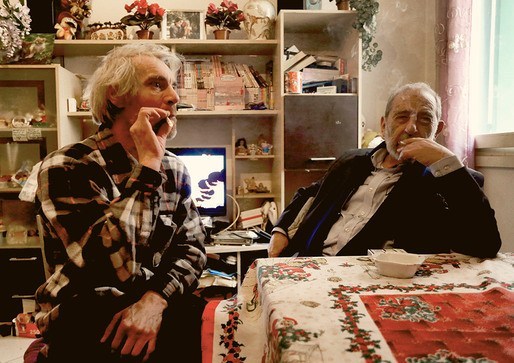 "Two blocks inland on the narrow island is Campo di Marte. Here, back in 1985 architecture history was written, not that many people remember this today: Because it was here that in 1983 Álvaro Siza and Aldo Rossi first teamed up on a construction project. Both had exhibited work in 1976 at the Venice -Biennale, in fact in halls directly adjacent to each other: While Rossi (together with Bruno Reichlin, Fabio Reinhart and others) presented collages of the Analog City, Siza brought along some of his subsidized housing projects in Portugal at the time. We can surmise that it was this presentation that led in 1983 to his being invited by the Venetian housing construction association to enter the competition to redesign the Campo di Marte. Just how distinguished the competition was can be seen today from the roster of names of the architects invited to take part: Alongside Siza
"Two blocks inland on the narrow island is Campo di Marte. Here, back in 1985 architecture history was written, not that many people remember this today: Because it was here that in 1983 Álvaro Siza and Aldo Rossi first teamed up on a construction project. Both had exhibited work in 1976 at the Venice -Biennale, in fact in halls directly adjacent to each other: While Rossi (together with Bruno Reichlin, Fabio Reinhart and others) presented collages of the Analog City, Siza brought along some of his subsidized housing projects in Portugal at the time. We can surmise that it was this presentation that led in 1983 to his being invited by the Venetian housing construction association to enter the competition to redesign the Campo di Marte. Just how distinguished the competition was can be seen today from the roster of names of the architects invited to take part: Alongside Siza 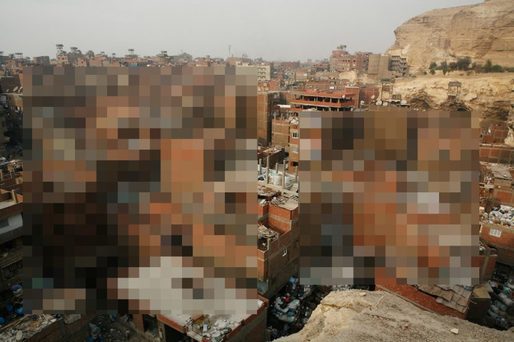 While architects and urbanists should definitely try to learn from the complex urban conditions behind these cases, this optimism surrounding their presentation is a tad naive. From Manila to Kumasi, these are all precarious places where life is exceptionally harsh, short and insecure.
While architects and urbanists should definitely try to learn from the complex urban conditions behind these cases, this optimism surrounding their presentation is a tad naive. From Manila to Kumasi, these are all precarious places where life is exceptionally harsh, short and insecure.